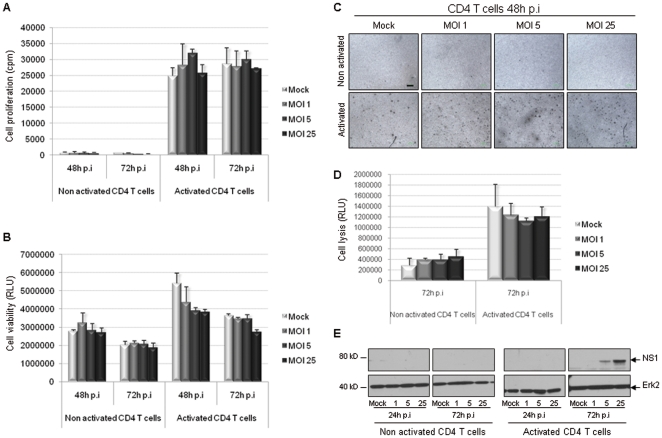Figure 4. Unlike PBMCs, CD4+ T cells do not undergo any major impairment upon H-1 PV infection.
CD4+ T cells were inoculated with increasing amounts of H-1 PV or mock-treated. MOI : multiplicity of infection, expressed as the number of plate-forming unit/cell; p.i : post-infection. A. CD4+ T cell proliferation ability is not altered upon H-1 PV infection. Cell proliferation was assessed by metabolic incorporation of tritiated thymidine into cellular DNA. Only 48 and 72 h p.i conditions are shown. Results are represented as means of triplicate wells with ± standard deviation bars and expressed in count per minute (cpm). B. H-1 PV does not affect CD4+ T cell viability. Cell viability was evaluated using a test based on a bioluminescent reaction measuring the amount of ATP present in living cells. Only 48 and 72 h p.i conditions are shown. Results are represented as means of triplicate wells with ± standard deviation bars and expressed in relative light unit (RLU). C. Infection of CD4 T cells by H-1 PV is not related to any morphological changes. For each condition, pictures of cells were taken in the course of infection but only those taken 48 h after H-1 PV inoculation are shown. Scale bar = 100 µm. D. H-1 PV does not modify CD4+ T cell basal lysis. H-1 PV cytotoxicity was assessed using a test based on a bioluminescent reaction measuring the leak of a cellular marker from cytoplasm to culture medium, which reveals the loss of plasma membrane integrity. Results are represented as means of triplicate wells with ± standard deviation bars and expressed in relative light unit (RLU). E. CD4+ T cells transiently express a slight amount of NS1 protein. Equal amounts of total CD4+ T cell proteins were separated by 4–12% SDS-PAGE and analyzed by Western blot for the presence of NS1 protein. Erk2 was used as a loading control. Representative data from 2 independent experiments.

